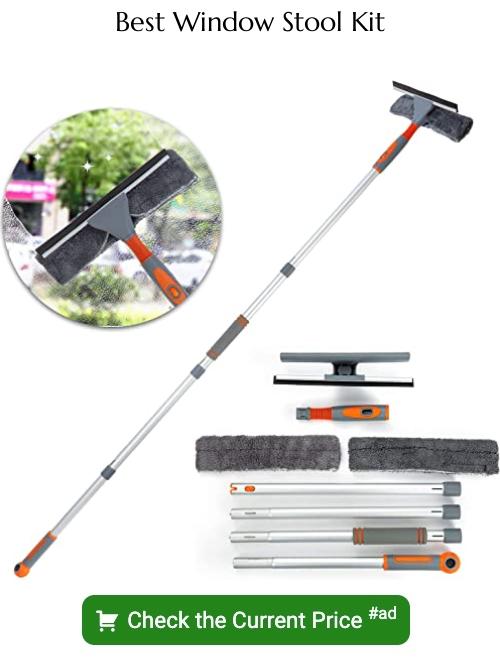Discover the essential role of window stools in your home’s interior design as we delve into their function, aesthetics, and installation tips.
Windows are an essential part of any home, providing natural light and ventilation while adding aesthetic appeal. But have you ever heard of a window stool? Despite being a crucial component of windows, many homeowners are unaware of its existence or purpose.
In this blog post, we’ll delve into what exactly a window stool is and why it’s important for your windows. So if you’re curious about this often-overlooked aspect of windows, keep reading!
Key takeaways:
- A window stool is the horizontal surface at the bottom of a window frame.
- It supports the lower sash of double-hung windows and prevents water infiltration.
- Window stools come in various styles and materials to complement any home decor.
- Materials used for window stools include wood, vinyl, stone, and eco-friendly options.
- Maintaining and repairing window stools is essential for their longevity and appearance.
Definition of Window Stool

A window stool, also known as a window sill or interior windowsill, is the horizontal surface at the bottom of a window frame. It’s typically made from wood or other materials and serves both functional and aesthetic purposes.
The primary function of a window stool is to provide support for the lower sash of double-hung windows while also preventing water from entering your home during rainfall. It can be used as an area to display decorative items such as plants or picture frames.
Window stools come in various styles and designs that can complement any home decor style – modern, traditional, rustic – you name it! They are available in different materials like wood (pine), PVC vinyl composite material (VCM), marble stone among others.
Function and Importance of Window Stool
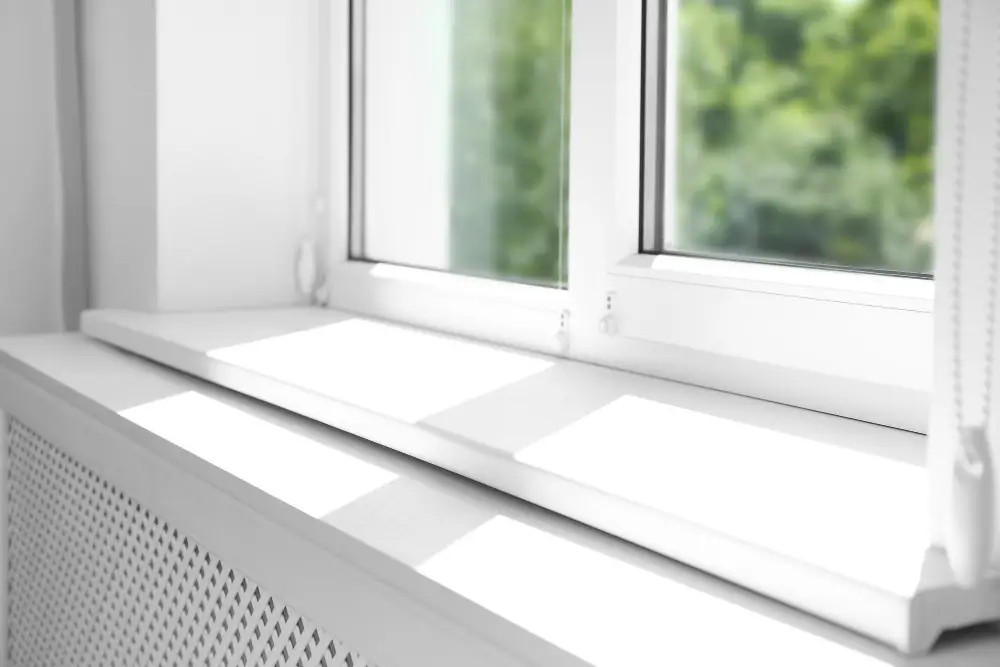
Functionally, a window stool is the horizontal ledge at the bottom of a window frame that protrudes into the room. It provides support for the lower sash and helps to prevent air leaks between the frame and wall.
In terms of aesthetics, a well-designed window stool can enhance your home’s interior design by adding depth, texture, and visual interest to your windows. Window stools come in various styles ranging from simple flat boards to more elaborate designs with decorative moldings or curves.
The importance of having properly installed and maintained window stools cannot be overstated as they play an integral role in keeping your home energy-efficient while also enhancing its overall appearance. A poorly designed or damaged stool can lead to drafts around windows which will increase heating costs during winter months.
Different Window Stool Styles
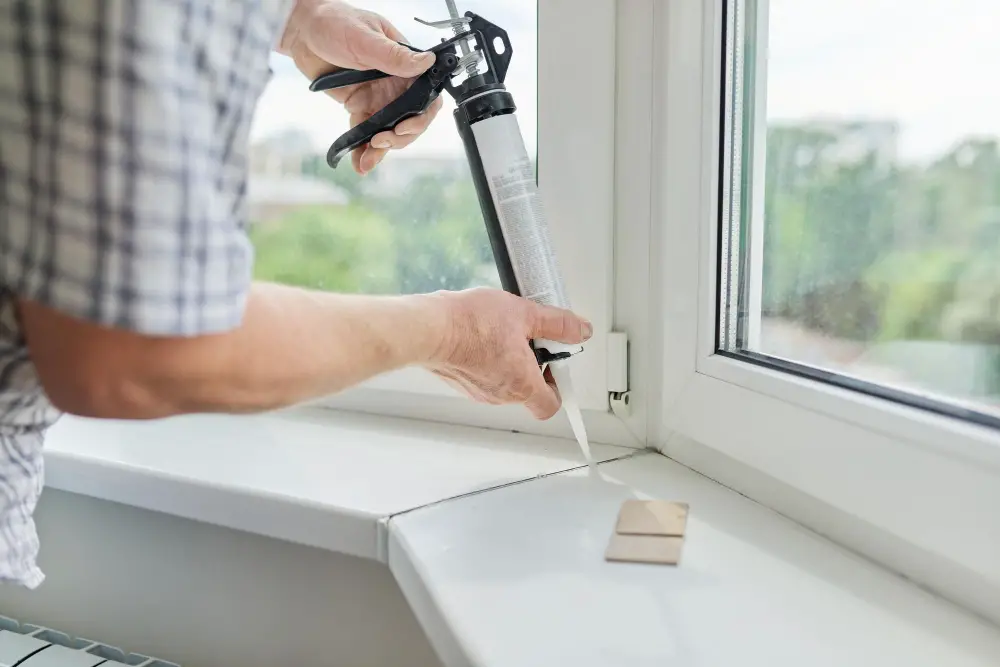
The most common window stool styles include the bullnose, beveled edge, ogee edge, and eased edge. Bullnose is a classic style that features a rounded front edge for a smooth finish.
Beveled edges have an angled cut on the front side of the stool to create depth and dimensionality.
Ogee-edged window stools are characterized by their S-shaped profile that adds elegance to any room’s interior design. Eased-edge window stools feature slightly curved edges for added comfort when leaning against them while enjoying your view.
When choosing which style of window stool best suits your home’s aesthetic needs or personal preferences, consider factors such as durability requirements (e.g., high traffic areas), maintenance ease (e.g., cleaning), cost-effectiveness over time (e.g., replacement costs).
Types of Window Stools
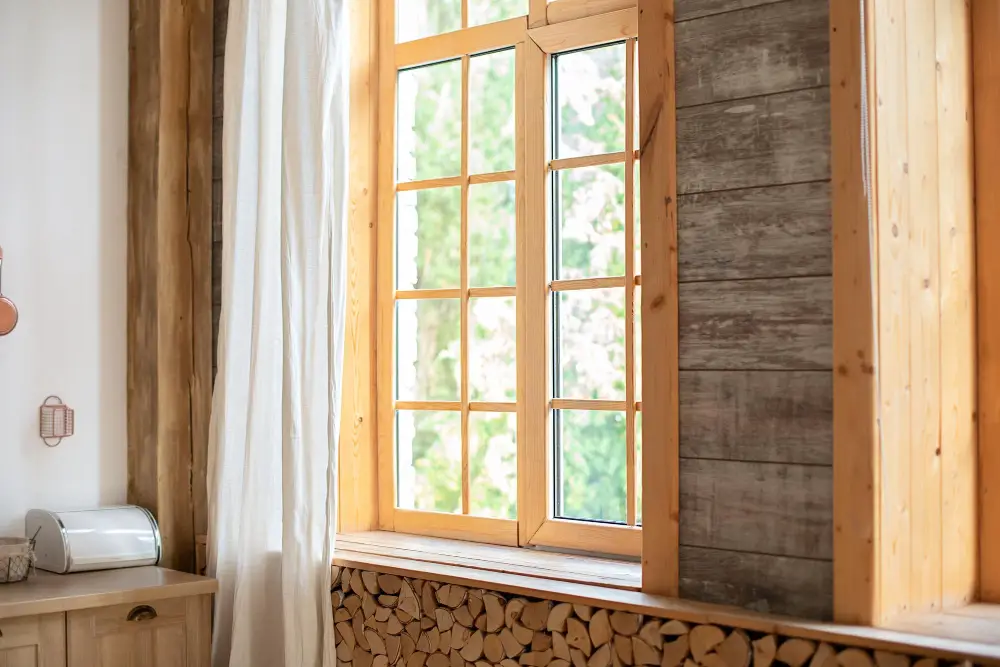
The most common types of window stools include:.
1. Standard Window Stool: This is the most basic type of window stool and is typically made from wood or MDF (medium-density fiberboard).
It’s a flat board that sits on top of the sill, providing a surface for placing items.
2. Bullnose Window Stool: This type has a rounded edge on one side, giving it an elegant look while also preventing water damage by directing moisture away from the wall.
3. Reveal Window Stool: A reveal stool extends beyond the face of your trim work to create depth around your windowsill area.
4. Tiled Window Sill/Stools – These are usually used in bathrooms or kitchens where there may be more exposure to water than other areas in your home; they can be made out of ceramic tiles or natural stone like granite or marble.
5. Radiator Cover/Window Seat – If you have radiators under your windowsills then this option could work well for you as it provides extra seating space while also covering up unsightly heating units!
Materials Used for Window Stools
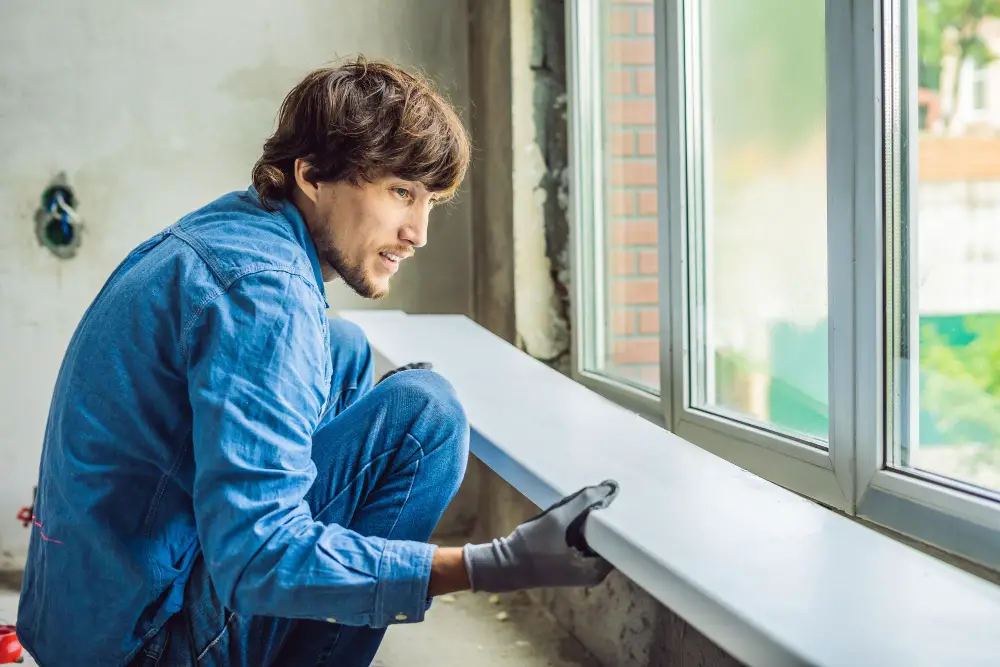
The most common materials used for window stools include wood, vinyl, and stone.
Wooden window stools are the traditional choice for many homeowners due to their natural beauty and durability. They come in a range of finishes that can complement any interior design style.
However, wooden window sills require regular maintenance to prevent rotting or warping over time.
Vinyl is another popular material used for modern windowsills because it’s low-maintenance and affordable compared to other options. Vinyl is also resistant to moisture damage making it ideal for areas prone to high humidity levels like bathrooms or kitchens.
Stone such as granite or marble offers an elegant look that adds value to your home but comes at a higher cost than other materials mentioned above. Stone sills are durable but may require professional installation due to their weight.
Eco-Friendly Window Stool Options

There are several options available on the market today that offer both durability and sustainability.
One popular eco-friendly material used in making window stools is bamboo. Bamboo grows quickly and requires less water than other types of wood, making it a highly renewable resource.
It’s also incredibly strong and durable, so it will last longer than traditional wooden stools.
Another option is recycled plastic or composite materials made from recycled plastics. These materials not only reduce waste by repurposing discarded plastics but also require less energy to produce compared to new plastic products.
If you’re looking for something more natural-looking than bamboo or composite material options, reclaimed wood could be an excellent choice as well. Reclaimed wood comes from salvaged sources such as old buildings or furniture pieces which would otherwise end up in landfills.
Window Stool Vs. Sill

The sill is the horizontal surface at the bottom of a window frame that extends outside your home’s exterior wall. It serves as an important barrier against water infiltration and helps support the weight of your windows.
On the other hand, a window stool (also known as an interior sill) is located on the inside part of your windowsill. It’s typically made from wood or another material and provides both functional and aesthetic benefits for your home’s interior design.
The main difference between these two components lies in their location – while sills are found on exterior walls, stools are installed indoors beneath each individual window unit. Understanding this distinction can help you better communicate with contractors when discussing repairs or replacements for either component.
Understanding Window Stool Components
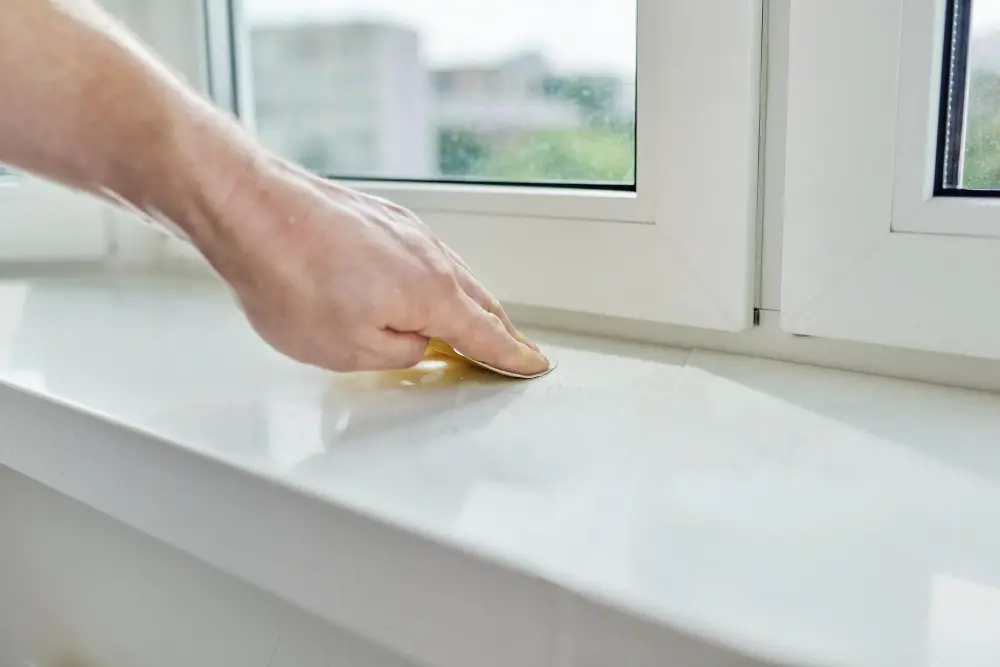
A window stool is made up of three parts: the apron, the sill or seatboard, and two jambs. The apron is a decorative piece that covers the gap between your wall and your windowsill.
It can be plain or ornate depending on your preference.
The sill or seatboard is where you place items like plants or picture frames. It also serves as an additional barrier against water infiltration from outside.
There are two jambs which hold everything together by connecting to both sides of the frame with screws and nails.
Historical Window Stools
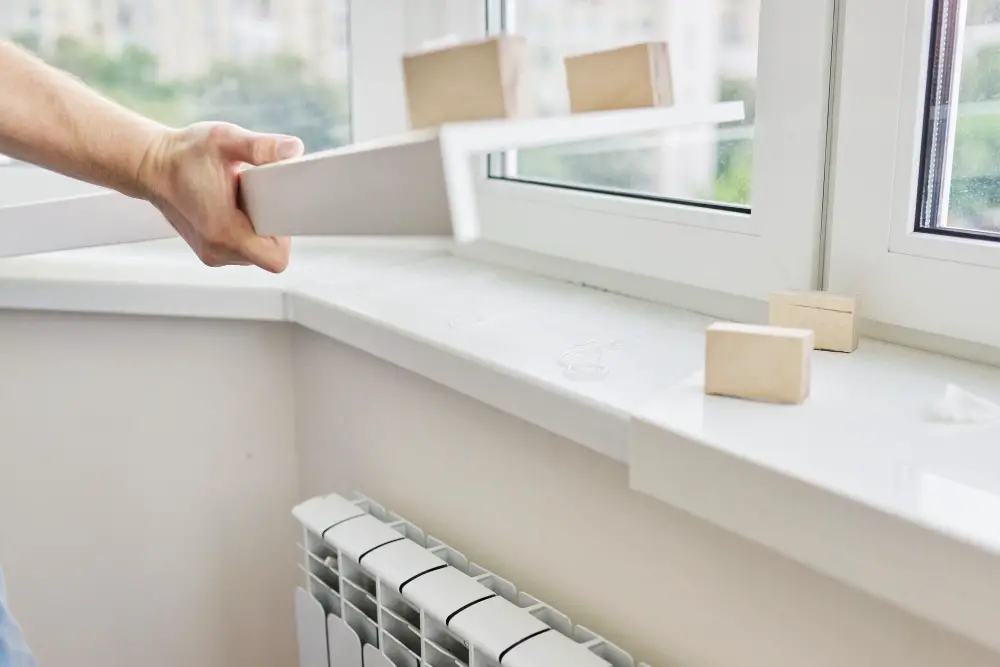
In the past, window stools were primarily made of stone or wood and served a functional purpose rather than an aesthetic one. They were designed to prevent water from entering the home by directing it away from the window frame.
In medieval times, windowsills were often used as workspaces for artisans such as weavers or spinners who needed natural light while they worked. The deep sills provided ample space to place tools and materials while also allowing them to sit comfortably.
As architecture progressed into more ornate styles during the Renaissance period, so did window stool designs. Elaborate carvings adorned wooden stools in grand palaces and castles throughout Europe.
Today’s modern homes feature a wide range of window stool designs that cater not only to function but also aesthetics.
Uses and Applications of Window Stools in Design
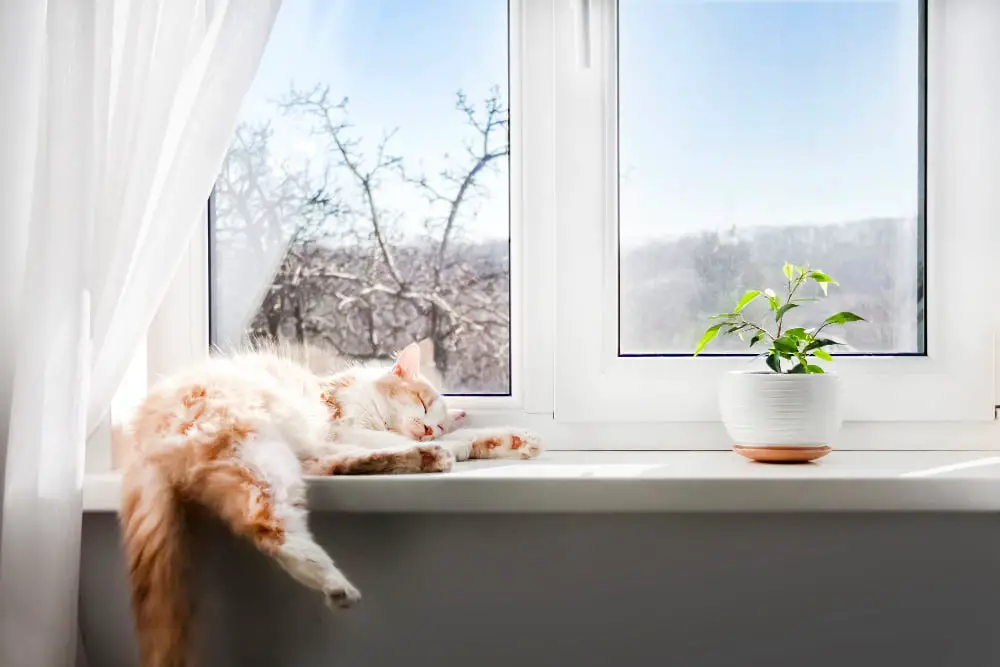
They can be used to create a seamless transition between the window and wall, adding an extra layer of detail to your interior design. Window stools come in various styles, materials, and finishes that can complement any decor style.
One popular use for window stools is as a display area for plants or decorative items such as picture frames or vases. This adds visual interest to your windows while also providing additional storage space.
Another application of window stools is their ability to enhance natural light within a room by reflecting it back into the space. This effect creates an illusion of more extensive areas and makes rooms feel brighter and airier.
In modern designs, minimalist-style homes often feature clean-lined windows with simple yet elegant stool designs that blend seamlessly with walls’ color schemes without drawing attention away from other elements in the room’s decor.
Customizing Window Stool Designs
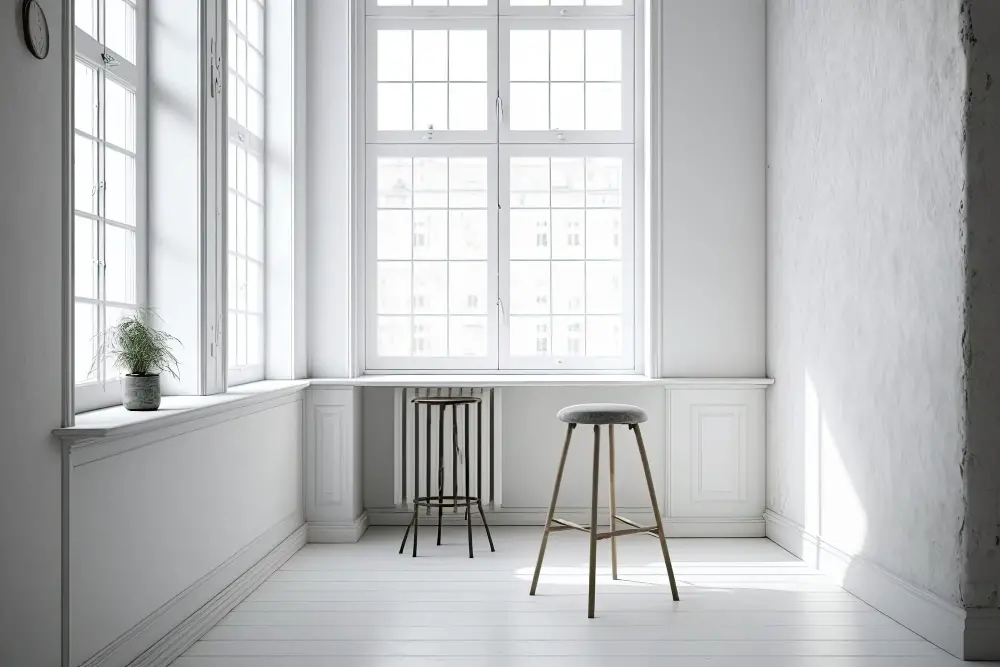
Customizing your window stool design can help you achieve the perfect look and feel for your home’s interior. You can choose from a variety of materials such as wood, stone or metal depending on the style you want to achieve.
One way to customize your window stool is by choosing a unique shape or size that complements the overall design of your windows and room decor. For instance, if you have an arched window frame, consider having a curved custom-made wooden stool that follows its shape.
Another option is adding decorative elements like carvings or moldings which add character and elegance to any space. You could also opt for different finishes such as paint or stain depending on what suits best with other furniture in the room.
Customizing allows homeowners not only flexibility but also creativity when it comes to designing their homes’ interiors while keeping functionality in mind. With so many options available today, there’s no reason why anyone should settle for boring standard designs when they can create something truly unique!
Types of Window Stool Moldings
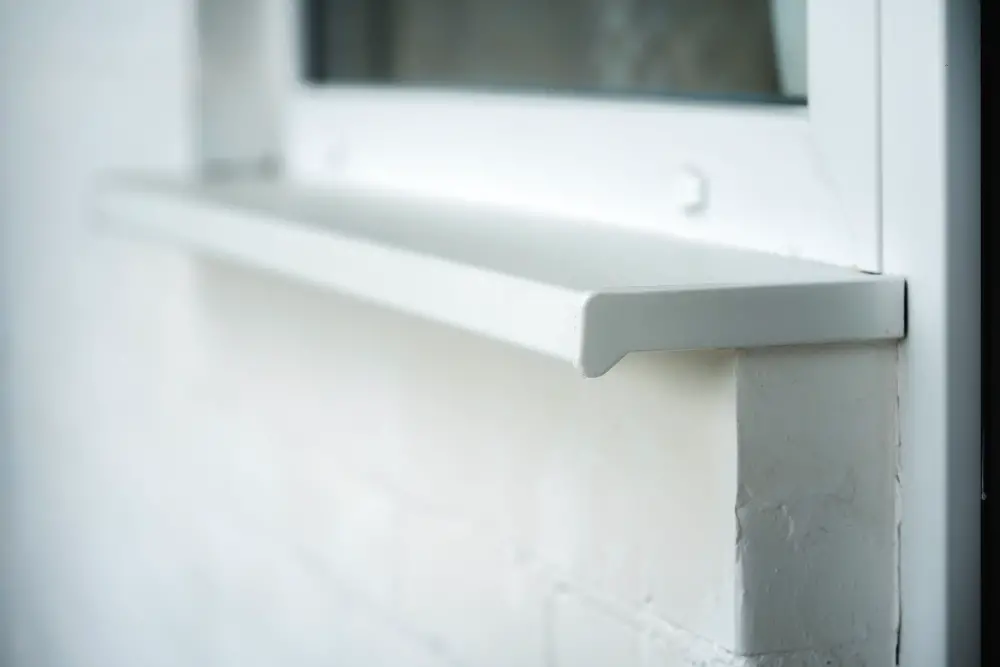
These moldings come in various styles, each with its unique features that can complement different architectural designs. Some popular types include the ogee molding, which has a curved profile resembling an S-shape; the bullnose molding with a rounded edge; and the beveled or chamfered molding featuring angled edges for added depth.
Other common types of window stool moldings include colonial-style trim that adds traditional charm to any room and contemporary flat trims ideal for modern homes. You can opt for custom-made molds designed specifically to match your home’s existing decor.
When choosing a window stool molding style, consider factors such as durability, ease of installation or replacement if needed in future maintenance work. Also keep in mind how well it complements other elements within your space like wall color or furniture pieces nearby.
Window stools may seem like small details but they play significant roles both functionally and aesthetically when it comes to windows design.
Measuring for Window Stool Replacement

Measuring for a replacement window stool is not complicated, but it requires precision and attention to detail. The first step is removing the old window stool carefully without damaging any surrounding components such as trim or drywall.
Once you’ve removed the old window sill, take measurements of its length and width using a tape measure. Measure from inside edge-to-inside edge of each side jamb where the new stool will sit.
Make sure that your measurements are precise because even small discrepancies can cause problems during installation.
It’s also important to consider how thick your new replacement windowsill should be based on factors like insulation needs or aesthetic preferences before making any purchases or ordering custom sizes online.
Installing a Window Stool
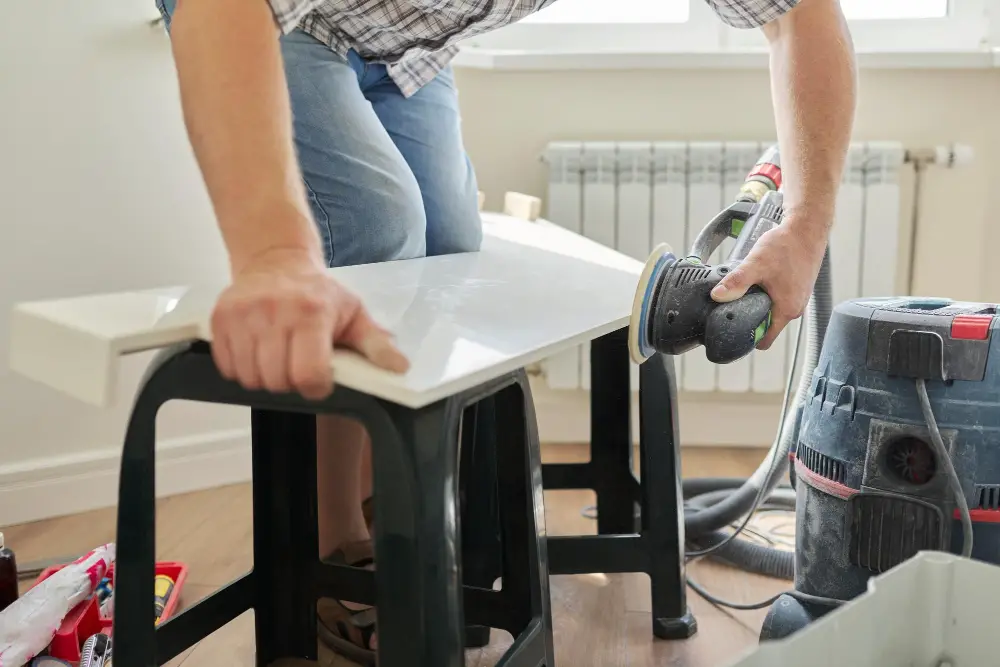
Installing a window stool can be done as part of new construction or during renovations. The process involves removing the old stool (if there was one) and replacing it with the new one.
To begin, measure the length of your existing window sill from end to end. Then cut your new wooden board according to this measurement using a saw.
Make sure that you sand down any rough edges before proceeding.
Next, apply some adhesive caulking along the top edge of your windowsill where you will place your newly cut board on top of it for added support.
Tools Required for Installing a Window Stool
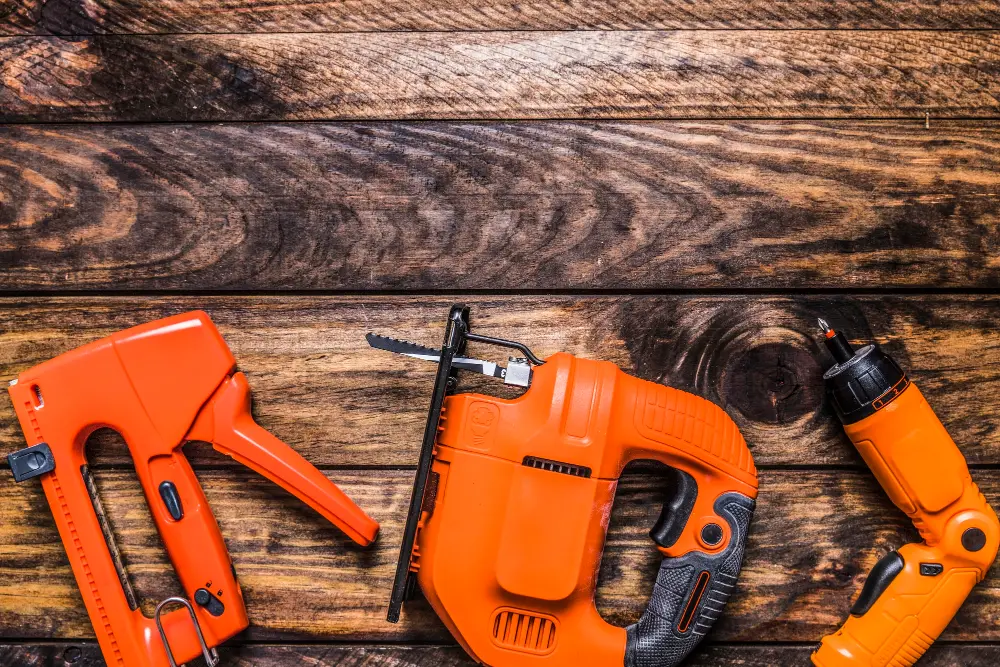
Here are some of the essential tools required for installing a window stool:.
1. Measuring tape: You’ll need this tool to measure and mark out where your new window stool will be installed.
2. Saw: A saw is necessary for cutting your new window sill or trimming down an existing one.
3. Hammer and nails: These basic tools are needed to secure your new or replacement windowsill in place.
4. Screwdriver/drill with screws: Depending on how you choose to install your windowsill, either screws or nails can be used; however, if using screws, make sure that they’re long enough so that they penetrate through both the sill and framing beneath it securely.
5. Leveling tool (optional): If you want perfectly level results when installing a new windowsill, then consider investing in a leveling tool such as laser levels which can help ensure accuracy during installation.
Materials Required for Installing a Window Stool
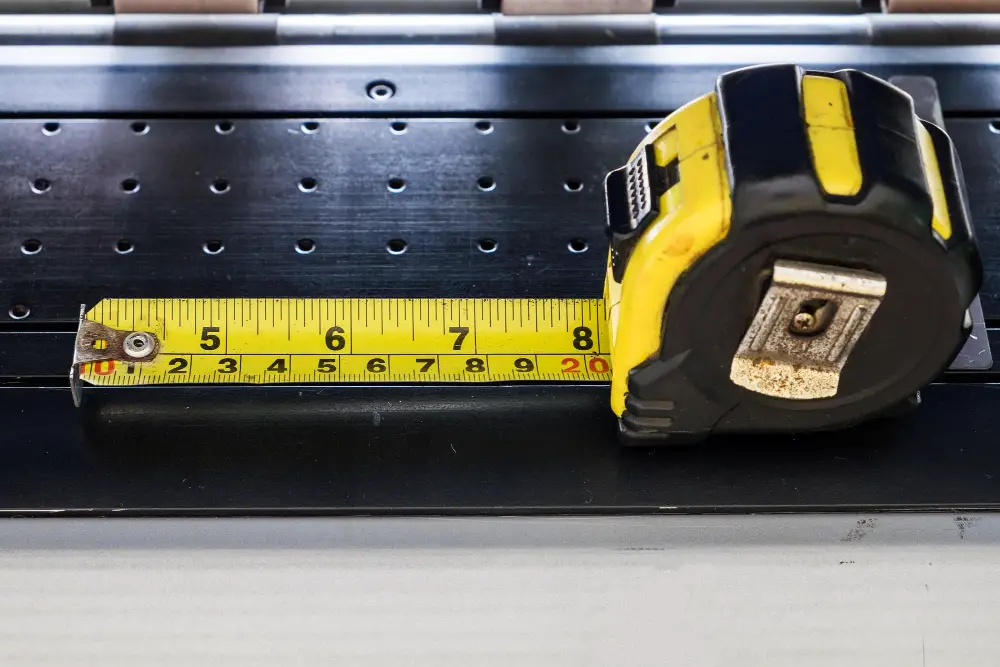
The following are some of the essential materials you’ll need for a successful installation:.
1. Window Stool: This is the main component that sits on top of your windowsill and provides support for your window casing.
2. Measuring Tape: You’ll need to measure the length and width of your existing windowsill accurately before purchasing or cutting a new stool.
3. Saw: A saw will be required if you’re cutting down an oversized stool or creating one from scratch.
4. Nails/Screws: These fasteners are used to secure the window stool in place, so make sure they’re long enough to penetrate through both the sill and framing behind it without splitting any wood.
5. Wood Glue/Caulk Gun & Sealant: To ensure that there’s no gap between your new window sill and wall surface, use wood glue/caulk gun & sealant around all edges where they meet up against each other during installation process.
6. Paint/Stain/Finish – Once installed, painting/staining/finishing can help protect against moisture damage while also enhancing its appearance.
How to Refresh or Repair a Window Stool
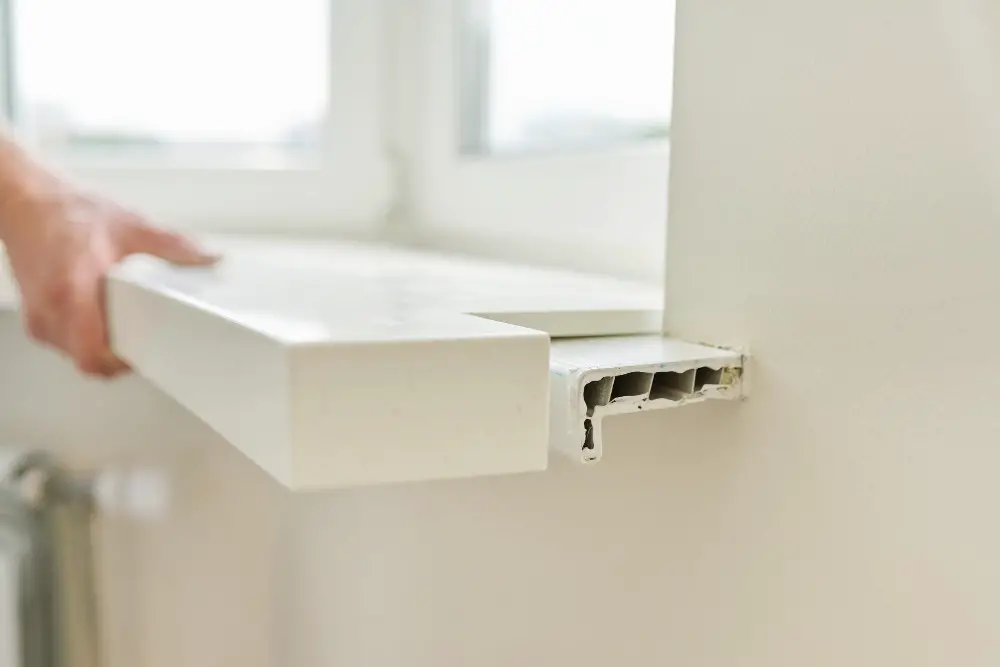
The first step is to remove the existing window stool carefully. Then, clean the area thoroughly and sand any rough spots on the surface.
Next, measure your new window stool according to your specifications and cut it accordingly using a saw. Make sure that you use a material that matches your existing windowsill for consistency in design.
Once you’ve cut out the new piece of wood for your replacement window sill, apply some adhesive glue along with nails or screws before placing it back into position. Allow time for drying before painting or staining as desired.
If repairing instead of replacing is what’s needed then fill any cracks with wood filler after cleaning up debris from around them so they are level again when dry; sand smooth once hardened enough (usually overnight). Finally paint over everything including repaired areas if necessary – this will help protect against future damage while also giving everything a fresh look!
Painting and Finishing Window Stools
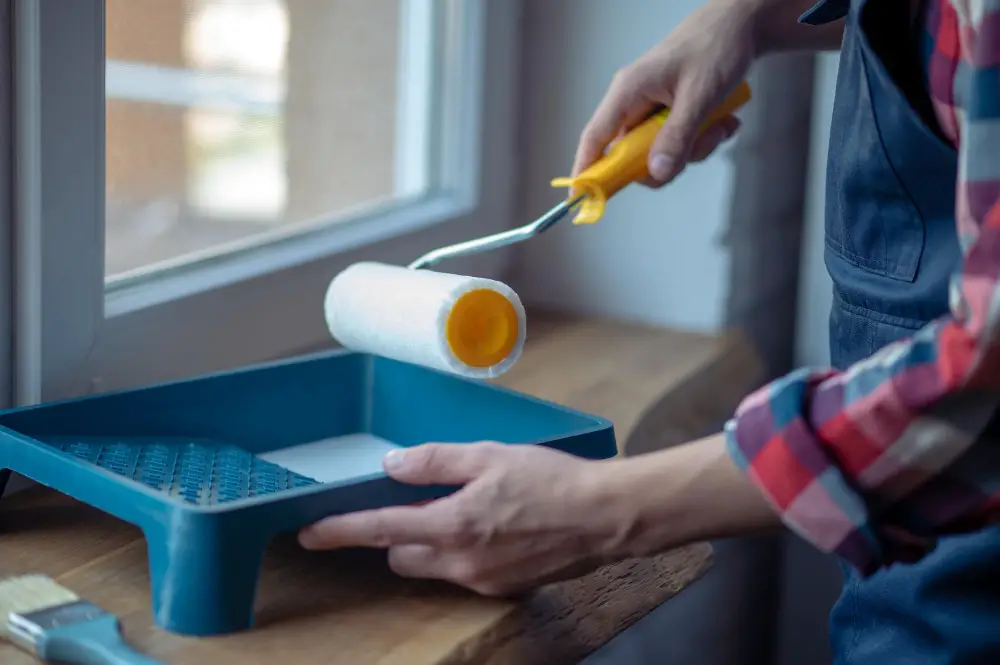
Painting and staining are the most common ways to finish a window stool. Before painting or staining, make sure that the surface is clean and dry.
Sanding can help remove any rough spots or imperfections on the wood.
When choosing paint for your window stool, consider using an oil-based primer as this will provide better adhesion than water-based primers. Once you’ve applied primer, use sandpaper to smooth out any bumps before applying paint.
Staining is another option for finishing your window stools if you prefer a natural look rather than painted ones. Stains come in different colors and finishes such as matte or glossy so choose one that complements your interior design style.
Maintaining Your Window Stool
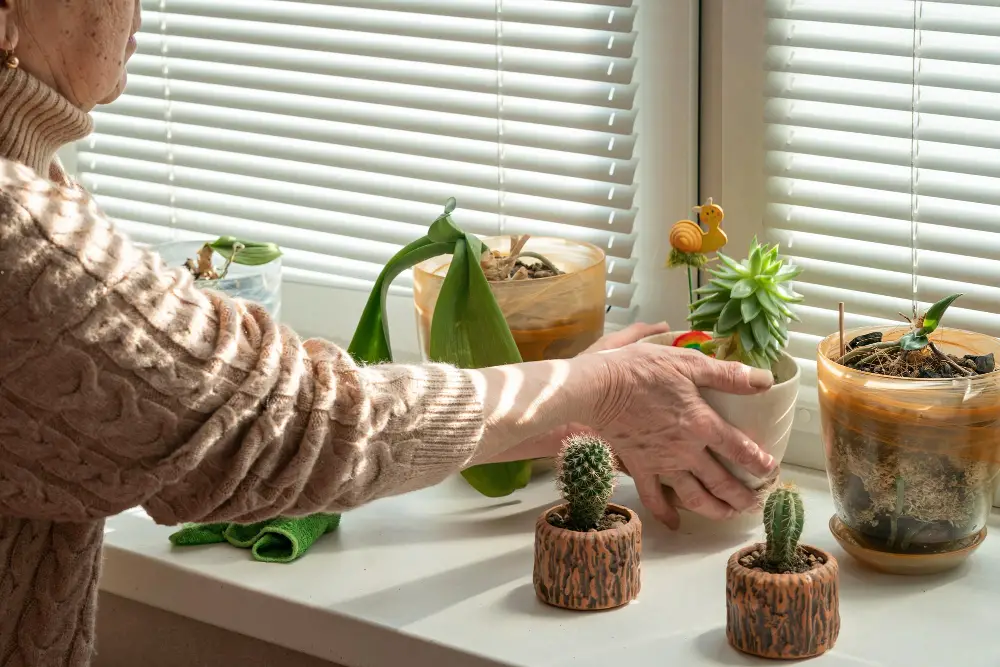
Regular maintenance can help prolong the lifespan of your window stool and prevent costly repairs or replacements.
One crucial aspect of maintaining your window stool is keeping it clean. Dirt, dust, and debris can accumulate on the surface over time, making them look unsightly.
Use a soft cloth or sponge with mild soap to wipe down the surface regularly.
Another important factor in maintaining your window stools is checking for any signs of damage such as cracks or warping. If you notice any issues with your windowsill’s structural integrity, contact a professional immediately for repair or replacement.
Lastly, consider refinishing or repainting your wooden window stools every few years to protect them from moisture damage and maintain their appearance.
Common Window Stool Issues
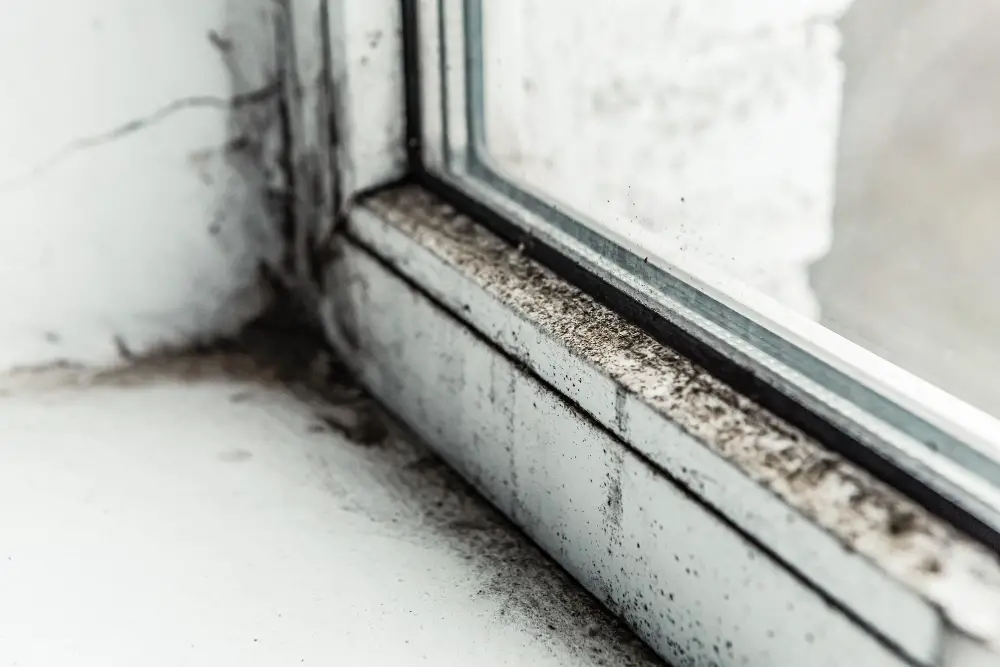
One common issue is rotting or warping due to exposure to moisture. This can cause the stool to become weak and unstable, compromising its ability to support the window sash.
Another issue is damage caused by pests such as termites or carpenter ants. These insects can burrow into the wood of your window stool, causing structural damage that requires immediate attention.
Poorly installed or maintained window stools may develop gaps between them and the wall surface over time. This not only affects their appearance but also allows drafts into your home.
To avoid these issues with your own windows’ stools, it’s important to choose high-quality materials for installation and perform regular maintenance checks on them throughout their lifespan.
Window Stool Safety Considerations

While they may seem like a minor detail in your home’s design, improperly installed or damaged window stools can pose serious risks to you and your family. For instance, if the stool is not securely attached to the frame or becomes loose over time, it could potentially fall off and cause injury.
To ensure that your window stools are safe for use, make sure they are properly installed by following manufacturer instructions carefully. Inspect them regularly for any signs of damage such as cracks or warping which could compromise their structural integrity.
It’s also important to consider the location of your windows when installing new stools. If you have young children in the house who might climb on furniture near windowsills or lean against them while playing outside – consider installing childproof locks on all accessible windows.
FAQ
What is the purpose of a window stool?
The purpose of a window stool is to provide a stopping place for the lower rail of the window, effectively holding the sash in place when the window is closed.
What part of a window is called a stool?
The horizontal bottom piece of the window frame, known as the window sill, is sometimes called a window stool.
What is window stool trim?
Window stool trim is the flat, horizontal part of the interior window trim, serving as the first piece of trim to be installed and the area where other trim pieces join, often used as a surface for placing objects like plants.
How long should window stool be?
The window stool should be the length of the 3/4 x 3-1/2 in. board plus 3/4 to 1 in. projection beyond each side casing, depending on which looks best.
How can you properly install a window stool?
To properly install a window stool, measure and cut the stool, test fit, make any necessary adjustments, secure with nails, and fill nail holes with wood filler.
What materials are commonly used for window stools?
Common materials used for window stools include wood, vinyl, and composite materials.
Are there different styles of window stools to match various interior designs?
Yes, there are different styles of window stools available to match various interior designs.
Recap
